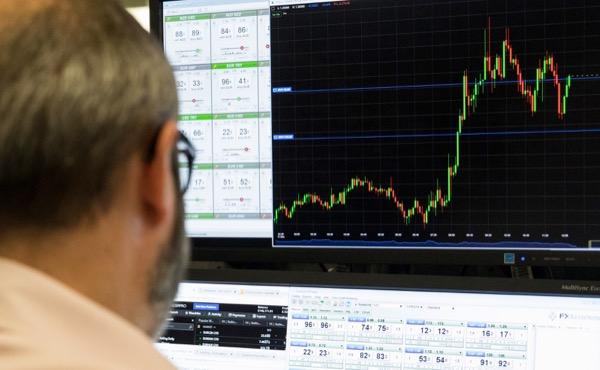What is the spread in forex?
The spread in forex is a small cost built into the buy (bid) and sell (ask) price of every currency pair trade. When you look at the price that’s quoted for a currency pair, you will see there is a difference between the buy and sell prices – this is the spread or the bid/ask spread.
Changes in the spread are measured by small price movements called pips – which is any change in the fourth decimal place of a currency pair (or second decimal place when trading pairs quoted in JPY). It is not only the spread that will determine the total cost of your trade, but also the lot size.
Remember, every forex trade involves buying one currency pair and selling another. The currency on the left is called the base currency, and the one on the right is called the quote currency. When trading FX, the bid price is the cost of buying the base currency, while the ask price is the cost of selling it.
With us, you can trade forex using derivatives like spread bets and CFDs, 24 hours a day. Derivative products enable you to take a position on forex without taking ownership of the underlying asset. You can go long or short, which means you can speculate on rising as well as falling currency prices. And, you only need a small deposit – called margin – to open your position.
The margin on a forex trade is usually only 3.33% of the value of the trade, which means you can make your capital go further while still getting exposure to the full value of the trade. Note, while margin can magnify your profits, it will also amplify any losses.
How to calculate the spread in forex
To calculate the spread in forex, you have to work out the difference between the buy and the sell price in pips. You do this by subtracting the bid price from the ask price. For example, if you’re trading GBP/USD at 1.3089/1.3091, the spread is calculated as 1.3091 – 1.3089, which is 0.0002 (2 pips).
Spreads can either be wide (high) or tight (low) – the more pips derived from the above calculation, the wider the spread. Traders often favour tighter spreads, because it means the trade is more affordable.
If a market is very volatile, and not very liquid, spreads will likely be wide, and vice versa. For example, major currency pairs such as EUR/USD will have a tighter spread than an emerging market currency pair s

